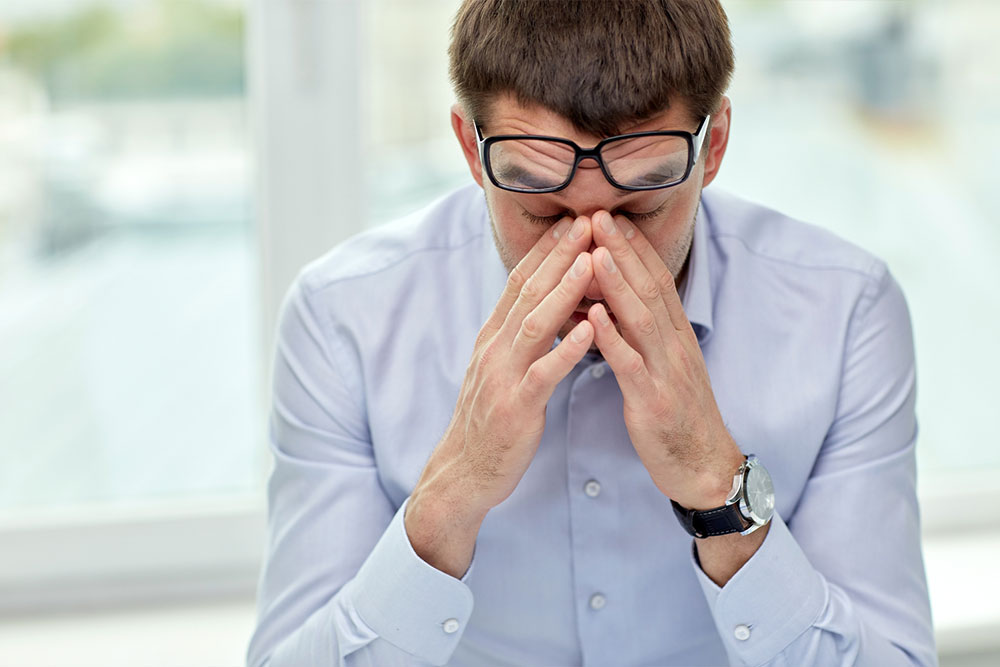Dry Eyes – Causes, Symptoms, and Treatments
Tears provide moistures and keep the eyes lubricated. Generally, tears contain water, oil, mucus and special proteins which protect from eye infections. In contrast dried eyes mean the eyes are deprived of the essential tears. Dry eyes don’t have adequate moisture. Those who suffer from dry eyes experience different symptoms such as itching, redness, and blurred vision.
The eyes of people with dry eye syndrome fail to maintain a normal layer of tears which coat the eyes.

In some cases dry eyes also result in excess tears which are known as reflex tearing. Low moisture content causes irritation in the eye and asks the nervous system for more lubrication. In response to tears are generated to make up for the dryness in eyes. Tears keep the eyes protected and wash the dust and grime from the eye.
Causes of dry eyes
- There are different causes of dry eyes. Occasionally deviations in the tear-flow system could be the probable causes of dry eyes. Heaters, air conditioners and several other environmental factors around us can also cause the eye to dry out.
- Drugs such as antihistamines, birth control pills, nasal decongestants may even cause side-effects on the eyes contributing to dry eyes. Gradual progression of age and menopause likely can cause dry eyes. Certain diseases such as collagen vascular disease, rheumatoid arthritis, and Sjogren’s syndrome also impact the ability of the eye to generate tears.
- Certain lifestyle habits such as working on the computer and reading for long hours can worsen the problem if you suffer from dry eyes.
- People who suffer from dry eyes are generally susceptible to bacterial infections which can cause scarring in the eye cornea. In some cases, the problem worsens, which can cause permanent blindness.
- The tears in human eye have three layers. The inner layer is the mucus layer, the second layer constitutes the middle layer, and the outer layer is the oily layer. Insufficient production of elements by these three layers results in the dry eye syndrome. Lack of oil in the eyes leads to quick evaporation of tears from the eye and make them dry.
- Too much exposure to dry environments such as dry air or wind leads to dry eyes. LASIK eye surgery, allergies, hormone replacement therapy and wearing contact lens for long durations are some of the other causes of the dry eye.
- The dry eye syndrome is generally common among people beyond the age of 50. Pregnant ladies and women suffering from menopause are the probable victims of dry eyes. Lack of vitamin A, thyroid problem, and long-existing allergies contribute to aggravate the symptoms of dry eye. Exposure to keratitis which is caused by sleeping with opened eyes also cause dry eye.
Symptoms of dry eyes
The above causes of dry eyes cause pain, redness and stinging in the eyes. Stingy mucus may even develop in the eyes. Your eyes quickly get tired after short focusing time durations. All these symptoms cause pain and discomfort in the eyes and hinder the eye’s vision. If you find the above symptoms of dry eyes it is the right hour to visit the doctor.
Diagnosis of the dry eyes
Visit the doctor if you find the symptoms of dry eye syndrome. The ophthalmologist conducts different kinds of tests such as slit lamp and bio-microscope to determine the intensity of the problem. In some cases, the doctor may analyze the tears using a dye such as a fluorescein, which makes the eye tears more visible. The Schirmer’s test is conducted to find out how fast tears are produced by the eyes. A paper wick is placed at the end of the eyelid. Doing so determines the tear production rate of the eye.
Depending on the analysis of the eye test reports the doctors suggest the right treatment.
Treatment for dry eyes
- Eye drops: Eye drops induce the artificial tears. The tears retain adequate moisture levels in the eye.
- Medications: Anti-inflammatory medications such as cyclosporine are used to reduce the tear loss. If the dry eye syndrome problem is severe corticosteroid eye drops prove effective to treat dry eyes. Cholinergic such as pilocarpine is effective to enhance the tear production.
- Lacrimal Plug: Lacrimal plug is a procedure that slows down the tear loss process. Small plugs are used to obstruct the drainage hole in the eyes to prevent the flow of tears.
- Omega-3 fatty acid: You must include food rich in omega-3 fatty acid in your diet. Such foods increase the oil content in the eye and prevent the occurrence of dry eye. Make sure you take the necessary supplements in your diet.
It is essential to know the causes of dry eye and get proper treatment to stimulate the tear production and prevent the worsening of the dry eye syndrome




